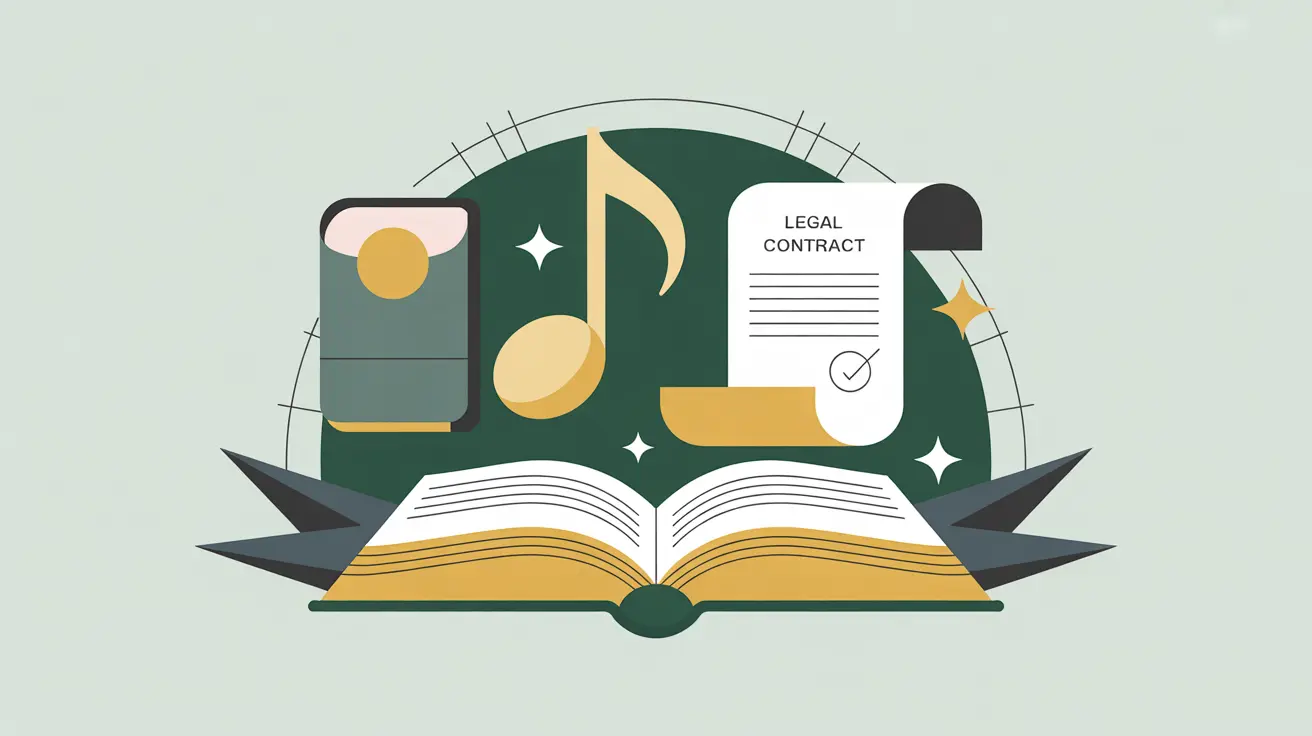Importance of Licensing & Royalties
Licensing and royalties provide nonprofits with an avenue to generate passive or semi-passive income by leveraging intellectual property, creative works, or brand assets. This type of revenue is important because it allows organizations to extend the reach of their mission-driven content, ideas, or innovations while also generating unrestricted funds. For nonprofits in social innovation and international development, licensing and royalties can be particularly valuable when scaling proven solutions, sharing educational resources, or distributing innovations globally. Boards and donors often see this income as a marker of maturity and creativity, since it demonstrates that the organization has developed intellectual or brand assets others find valuable enough to pay for.
Definition and Features
Licensing and royalties are defined as revenues earned when a nonprofit grants rights to others to use its intellectual property, creative works, or branded products in exchange for payment. Examples include:
- Licensing Fees: payments from organizations using a nonprofit’s training curriculum, software, or methodologies.
- Royalties: ongoing payments from sales of books, media, or branded merchandise tied to the nonprofit’s work.
- Partnership Agreements: structured arrangements where nonprofits co-own or co-develop intellectual property and share revenue.
These revenues differ from donations (which are voluntary) and from program service fees (which involve direct service delivery), since they derive from intellectual or intangible assets.
How This Works in Practice
In practice, nonprofits establish licensing agreements or royalty contracts with publishers, corporations, or other organizations. For example, a nonprofit might license an educational curriculum to a government agency, or earn royalties from a documentary film showcasing its programs. Finance teams track these revenues as earned income, usually without donor restrictions, while legal teams ensure contracts protect the nonprofit’s mission and intellectual property. Boards often review licensing arrangements to safeguard brand integrity and ensure alignment with organizational values.
Implications for Social Innovation
For nonprofits in social innovation and international development, licensing and royalties offer a way to amplify impact while strengthening financial sustainability. They allow proven models, tools, and knowledge to reach broader audiences through partnerships, often at scale. Transparent reporting reduces information asymmetry by clarifying how nonprofits balance earned income with mission goals. Donors and stakeholders can see whether intellectual property is being stewarded responsibly and whether revenue supports long-term impact. By strategically managing licensing and royalties, nonprofits can reinforce sustainability, expand influence, and demonstrate how mission-aligned innovations can generate both social and financial returns.







